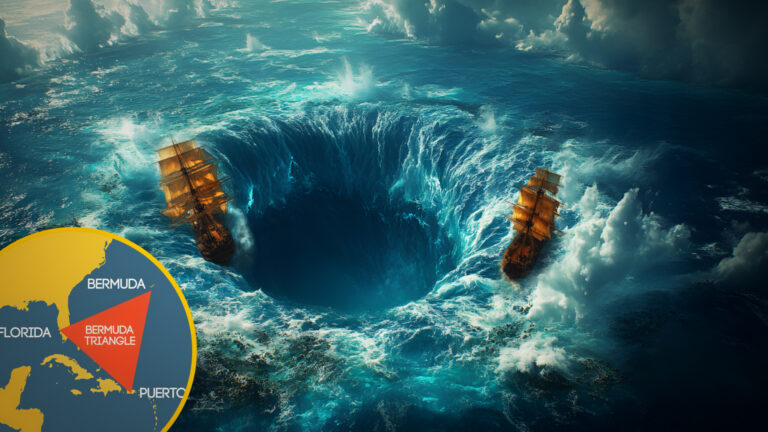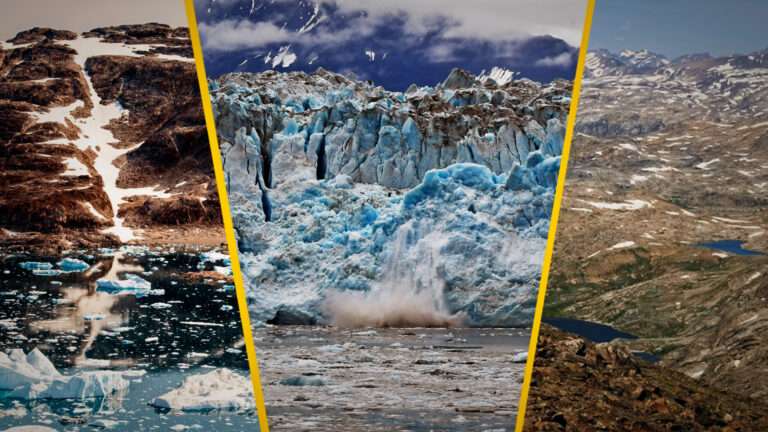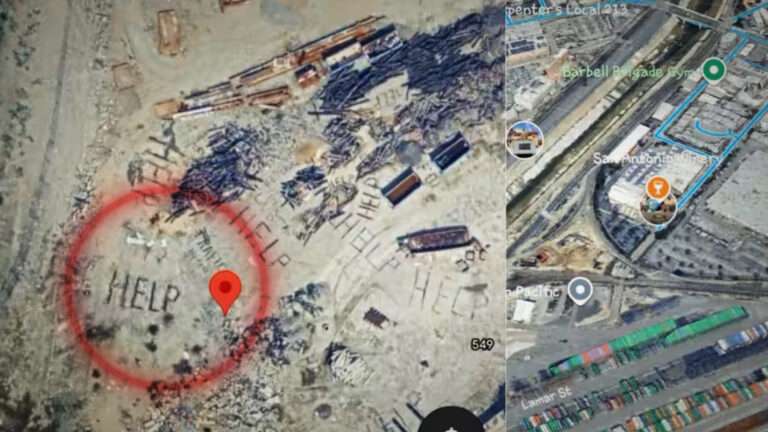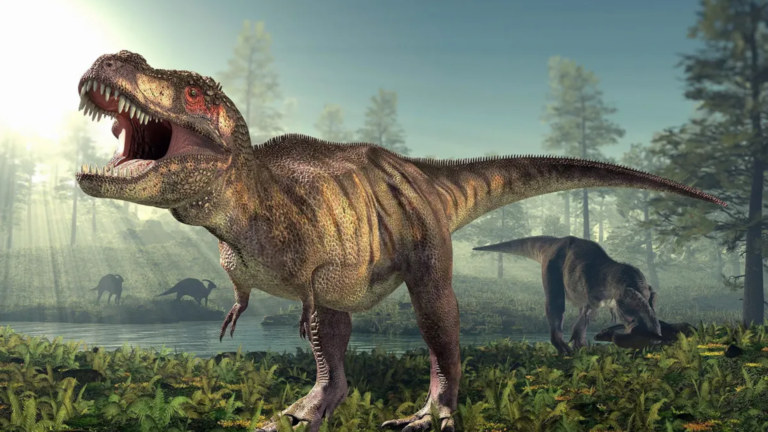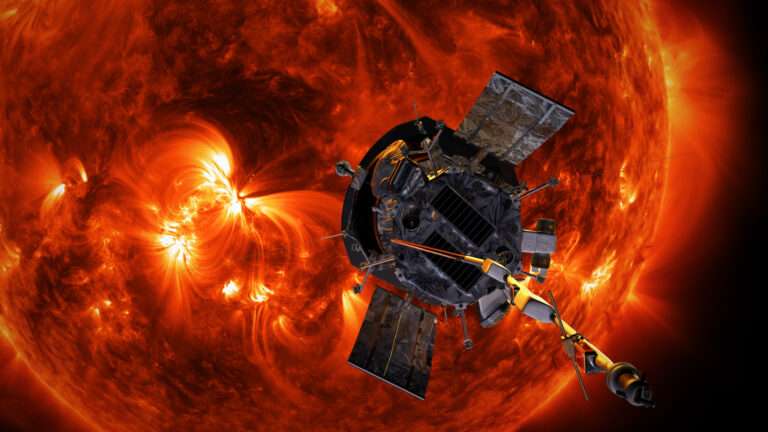Astronomers Believe This Mini-Moon Could Be a Lost Piece of the Moon!
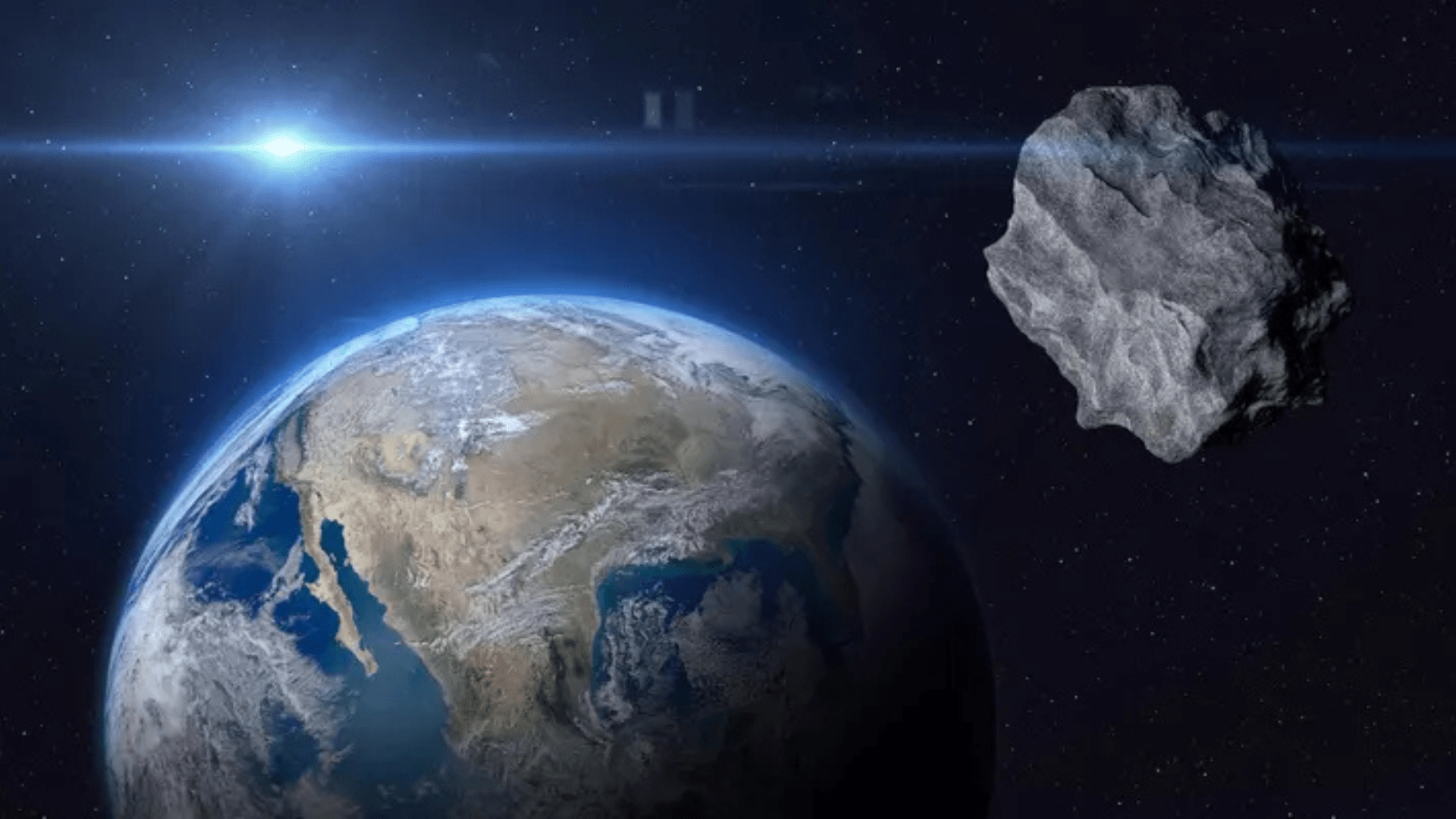
Imagine this: a small rock floating near Earth, almost like a mini moon of its own. Well, that’s exactly what happened in 2024 when a small space rock, 2024 PT5, passed by Earth, captivating astronomers and sparking curiosity about its origins. Could this rock actually be a chunk of the Moon that broke off thousands of years ago? Let’s break it down.
The Intriguing 2024 PT5: Earth’s Almost Mini-Moon
2024 PT5 is a small asteroid, measuring around 33 feet (10 meters) across. It first grabbed attention on August 7, 2024, when astronomers spotted it using the ATLAS observatory in South Africa. This rock’s orbit wasn’t like that of most asteroids. For a brief time, it followed a unique, horseshoe-like trajectory around Earth, earning it the title of a “mini-moon”—though it never actually entered Earth’s orbit.
This was a special, but temporary, encounter. After passing by Earth, the asteroid is now moving into a more distant orbit. But what makes 2024 PT5 stand out isn’t just its path; it’s what the object might actually be—a piece of the Moon!
Could 2024 PT5 Be Moon Debris?
The big revelation came when scientists, including Dr. Teddy Kareta from Lowell Observatory, analyzed the asteroid closely. It turns out that 2024 PT5’s surface is remarkably similar to the rocks retrieved from the Moon. It is made of silicate minerals found on lunar rock samples, which led the researchers to think it may be a fragment of the Moon, ejected by an impact event long ago.
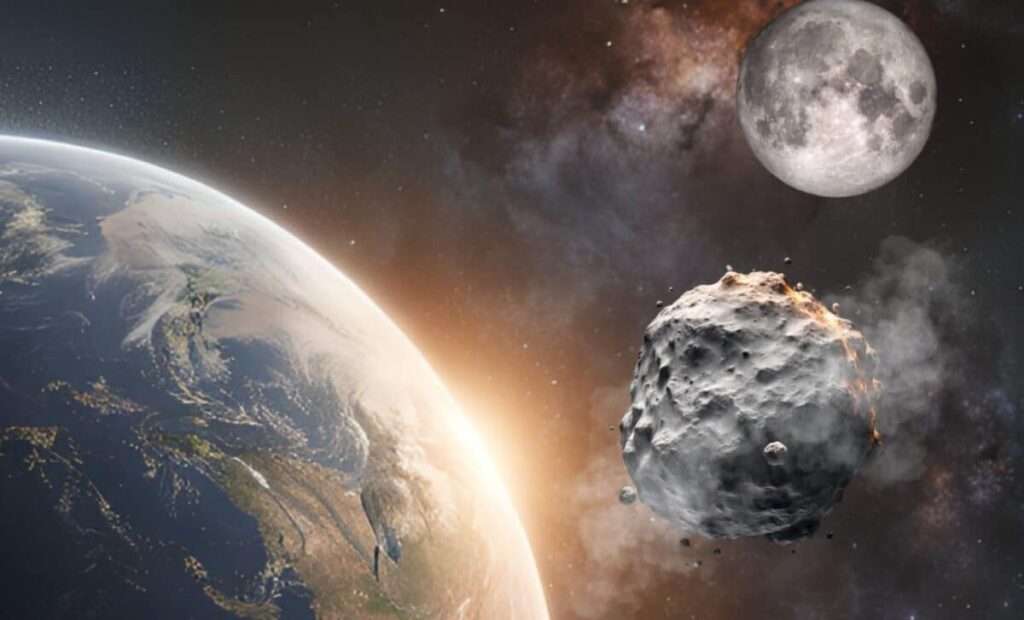
Astronomers know that celestial impacts on the Moon have sent rocks flying into space, and some of these may have ended up near Earth in a similar orbit. The discovery of 2024 PT5 has given scientists a rare opportunity to study what could be debris from the Moon, adding an exciting new chapter to the history of lunar exploration.
A Growing Population of Lunar Asteroids
2024 PT5 isn’t the only space rock that could be from the Moon. In fact, there’s another asteroid, 469219 Kamo’oalewa, which was discovered in 2016, and it too seems to be lunar debris. While these two asteroids are the most well-known, astronomers suspect there could be as many as 16 more waiting to be discovered.
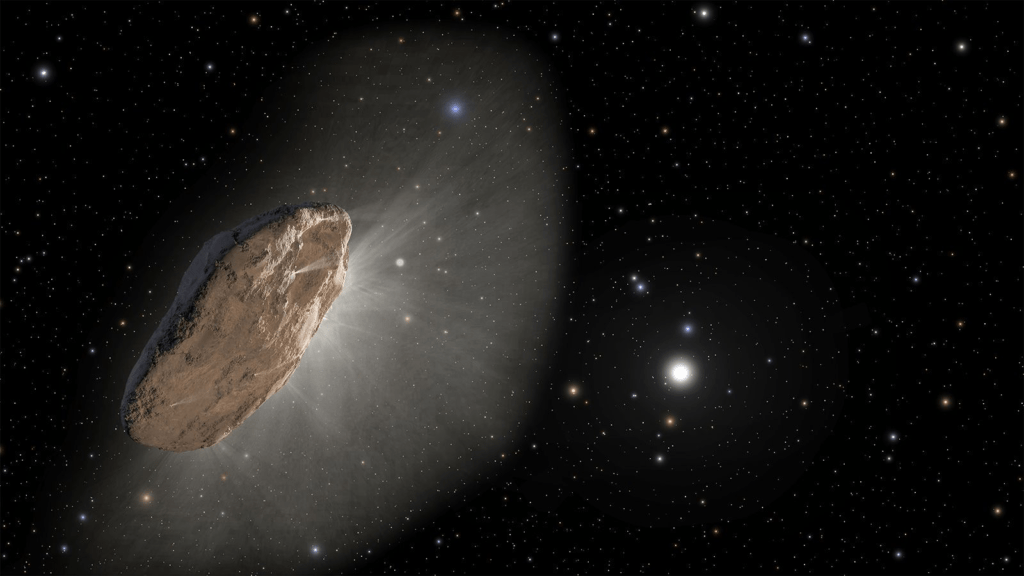
Why does this matter? If scientists can link these objects to specific lunar craters, they could gain new insights into the composition of the Moon and even what lies beneath its surface. This could open the door to a whole new field of lunar research.
The Future of Lunar Asteroids and Space Research
2024 PT5’s discovery also sheds light on the growing population of lunar asteroids. As technology improves, astronomers are likely to find more of these Moon-originated rocks. Future observatories, like the Vera Rubin Observatory in Chile and the NEO Surveyor in space, will help scientists detect these small asteroids and learn more about their origins.
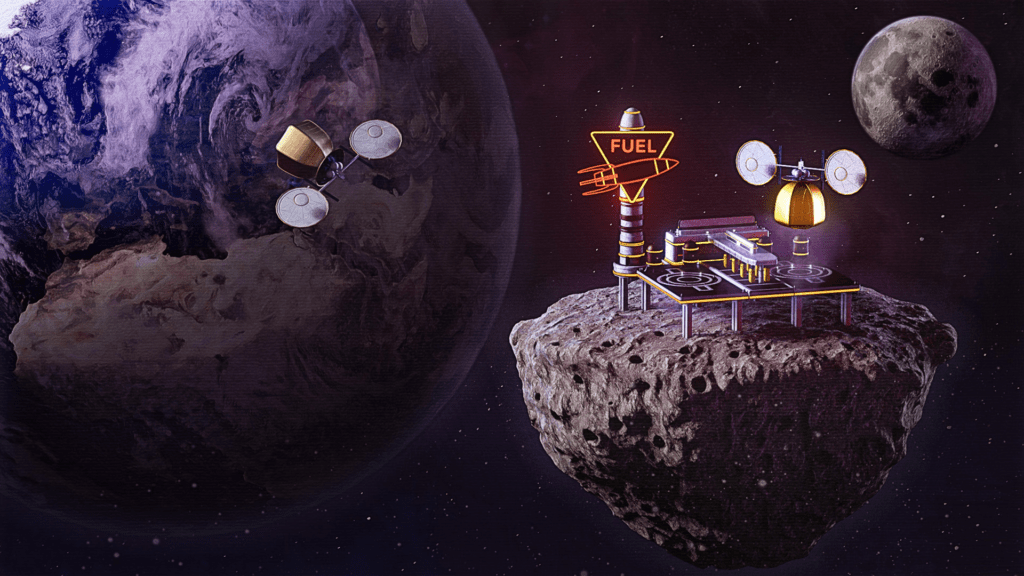
The more we study these objects, the better we’ll understand how often the Moon ejects rocks into space—and what that might mean for the future of space exploration. As Kareta said, “It’s like looking for a needle in a haystack,” but with the right tools, we’ll eventually find more of these lunar treasures.
Final Thoughts: The Moon’s Hidden Pieces
The discovery of 2024 PT5 is more than just another space rock passing by Earth. It’s a glimpse into the past, offering a peek at a potential piece of the Moon itself. As space research continues to evolve, we might just be on the brink of uncovering more secrets from the lunar surface—and who knows what we’ll discover next.
So, next time you look up at the night sky, remember: there could be pieces of the Moon out there, traveling on their own celestial journey. Who would have thought a mini-moon could be a piece of the real Moon? The universe is full of surprises.

